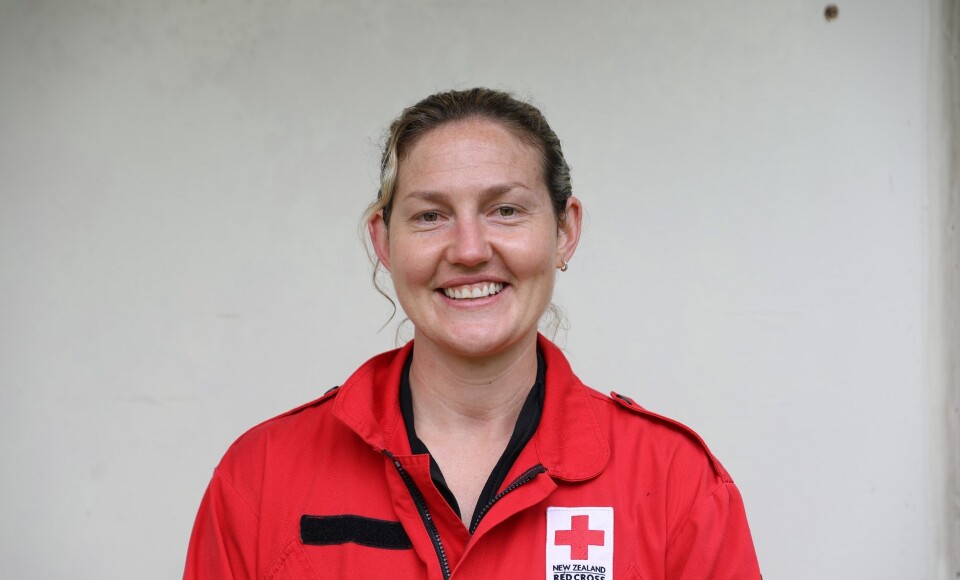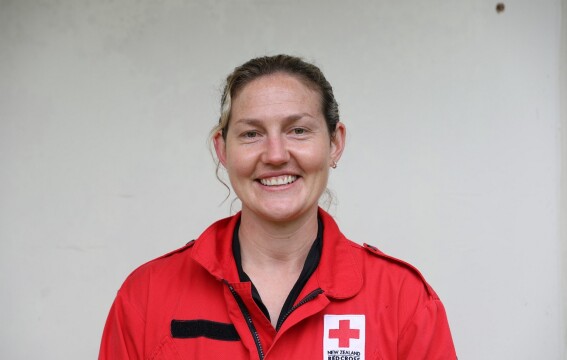Meet DWST Volunteer Kendra Roddis
3 February 2022


Our Disaster Welfare and Support Teams (DWST) respond to emergencies throughout Aotearoa New Zealand. Comprising 19 teams of highly committed, multi-skilled volunteers, DWST provides welfare support and psychological first aid to people impacted by disaster – which can be anything from earthquakes, floods and fires, to terrorist attacks.
Before our DWST volunteers can be deployed they must undergo rigorous training. We interviewed Kendra Roddis, one of our newest DWST recruits, to find out how DWST are trained and how she is feeling about her first deployment.
Why did you volunteer for DWST?
I volunteered because I think DWST play a crucial role in disaster recovery. In an emergency DWST principally provides psychosocial support, which I think is an essential part of the recovery process for people – just as important as food and shelter.
The significance of psychosocial support has often been overlooked by disaster response agencies.
My first experience of an emergency was in the Royal New Zealand Navy when I was deployed to support relief efforts for the 2010 Haiti earthquake. It was one of the worst examples of an inter-agency humanitarian response I have ever seen on the ground. It was chaos. The victims of the earthquake didn’t get the aid they needed or deserved.
This was a turning point for me: I saw an opportunity to use the skills I developed in the Navy to add value to relief efforts.
I enrolled for a Master’s of Philosophy in Defence and Security to research civil-military coordination in Humanitarian Assistance and Disaster Relief (HADR) in the Pacific region. My research found that HADR was not providing victims of disaster with adequate psychosocial support.
This realisation inspired me to volunteer for DWST. I hope to make a genuine contribution to relief efforts in Aotearoa.
What has your training covered?
DWST trainees learn how to provide psychosocial support in an emergency. We also learn first aid, emergency rescue, and how to set up and manage evacuation shelters, so we can support our partner agencies such as Civil Defence and Fire and Emergency New Zealand when required. Once we’ve completed our initial training, we continue to train throughout the year and regularly take part in scenario-based exercises with other New Zealand Red Cross response teams and our partner agencies.
What has been your favourite part of the training?
My favourite part of training was setting up a Civil Defence Centre. We were given a short timeframe to complete this task, and the training scenario was fast-changing, so it was great to see how people worked as a team to pull the centre together.
I have been impressed by the range of skills and experience of my fellow trainees – many of whom have been in disasters themselves. Pooling their experience and integrating this into our training has enhanced our learning. Every disaster is different and you learn something every time, which is why our collective experience has been invaluable. It’s also encouraging to know that if I were in a disaster myself, I’d be well taken care of too.
What has been the hardest part of your training?
The biggest challenge of my training has been delays caused by COVID-19. The stops and starts have slowed the training process down, which has been disappointing because I am keen to get out there and help people.
How do you feel about going into your first deployment?
I feel a little bit nervous about my first deployment because I don’t know what it will be like. When you’re helping people and the stakes are high, you want to do it well. And Red Cross is a big international name so it is important for me to represent the organisation well.
New Zealand Red Cross’ DWST training is generously supported by NZ Post.
